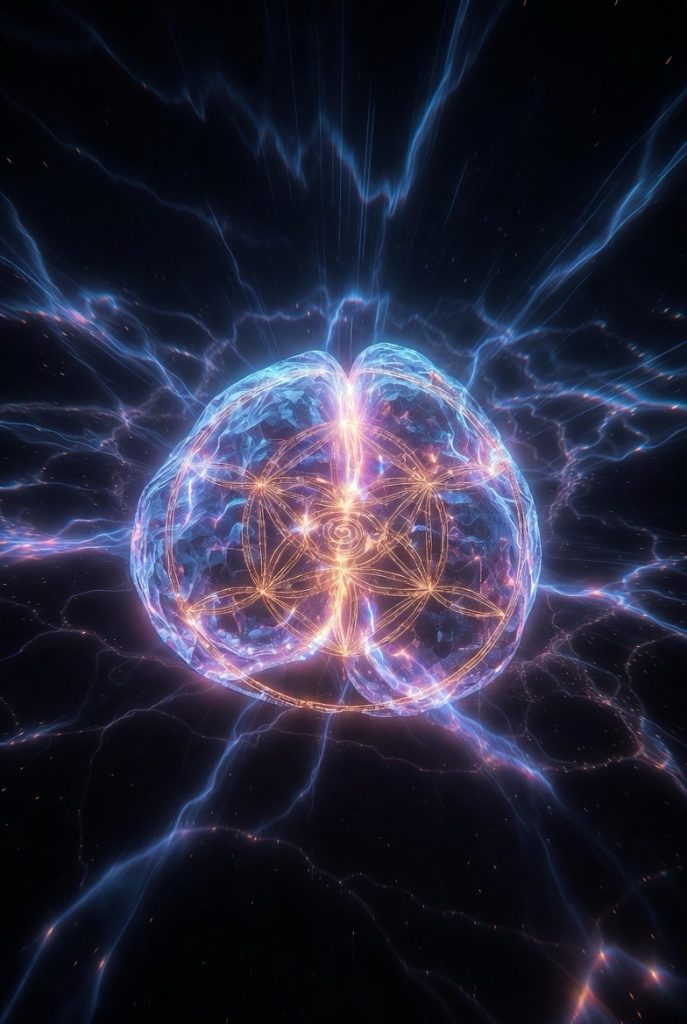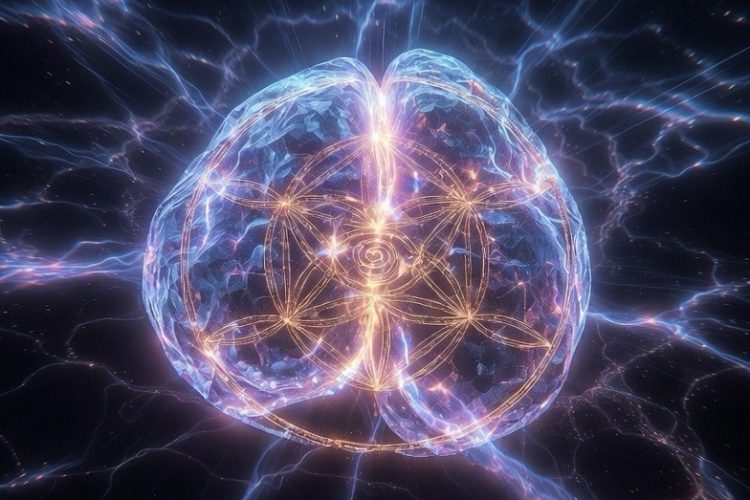The pineal gland is a small endocrine gland located in the center of the brain that produces the hormone melatonin, which helps regulate the sleep-wake cycle. It is also believed to play a role in the body’s response to light and to have a connection to spiritual experiences.
Fun Facts About the Pineal Gland
- The pineal gland, also known as the “third eye,” is a small endocrine gland located in the center of the brain.
- It produces the hormone melatonin, which is responsible for regulating the sleep-wake cycle and circadian rhythms.
- The pineal gland is also believed to play a role in regulating mood, sexual development, and immune function.
- It is shaped like a pine cone, hence its name “pineal.”
- The pineal gland receives signals from the eyes about the amount of light in the environment, and uses this information to adjust the production of melatonin.
- The production of melatonin is highest at night, and lowest during the day.
- The pineal gland also contains specialized cells called pinealocytes, which are responsible for producing melatonin.
- In some animals, such as birds and reptiles, the pineal gland is sensitive to changes in the Earth’s magnetic field and is involved in navigation.
- The pineal gland can also calcify with age, which may affect its function and lead to health problems.
- The pineal gland has been the subject of various philosophical and spiritual beliefs, including the idea that it is the gateway to higher consciousness or spiritual enlightenment. However, these claims are not supported by scientific evidence.
- The pineal gland is located in the epithalamus, a region of the brain that also contains the habenula, a structure involved in regulating emotional and motivational behavior.
- The size of the pineal gland varies among individuals, but it typically ranges from 6 to 8 millimeters in length and 3 to 5 millimeters in diameter.
- The pineal gland receives nerve impulses from the sympathetic nervous system, which is responsible for the “fight or flight” response to stress.
- In addition to melatonin, the pineal gland also produces other substances, such as serotonin, beta-carboline, and N,N-dimethyltryptamine (DMT), which have been implicated in various physiological and psychological processes.
- The pineal gland has been implicated in certain neurological and psychiatric disorders, such as Alzheimer’s disease, depression, and schizophrenia.
- The pineal gland is sensitive to electromagnetic fields, and exposure to artificial light at night can disrupt its production of melatonin.
- The pineal gland has a rich blood supply, and its function is regulated by various hormones and neurotransmitters, including dopamine, norepinephrine, and acetylcholine.
- The pineal gland can be visualized using various imaging techniques, such as magnetic resonance imaging (MRI), computed tomography (CT), and positron emission tomography (PET).
- The function of the pineal gland declines with age, which may contribute to the sleep disturbances and other health problems commonly associated with aging.
- The pineal gland has been the subject of numerous conspiracy theories and pseudoscientific claims, such as the idea that it can be activated through meditation or other practices to achieve supernatural powers or spiritual awakening. However, there is no scientific evidence to support these claims.

Words Worth Noting
pineal gland, third eye, melatonin, sleep-wake cycle, circadian rhythms, mood regulation, sexual development, immune function, pine cone shape, light sensitivity, pinealocytes, Earth’s magnetic field, navigation, calcification, philosophical beliefs, spiritual beliefs, epithalamus, habenula, sympathetic nervous system, serotonin, beta-carboline, DMT, neurological disorders, psychiatric disorders, electromagnetic fields, artificial light, blood supply, hormone regulation, imaging techniques, aging
Hashtags For Social Media
#pinealgland #thirdeye #melatonin #sleepwakecycle #circadianrhythms #moodregulation #sexualdevelopment #immunefunction #pineconeshape #lightsensitivity #pinealocytes #earthsmagneticfield #navigation #calcification #philosophicalbeliefs #spiritualbeliefs #epithalamus #habenula #sympatheticnervoussystem #serotonin #betacarboline #DMT #neurologicaldisorders #psychiatricdisorders #electromagneticfields #artificiallight #bloodsupply #hormoneregulation #imagingtechniques #aging






